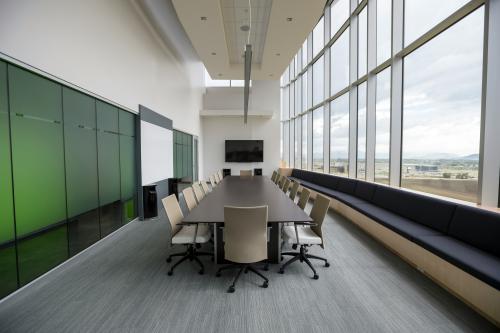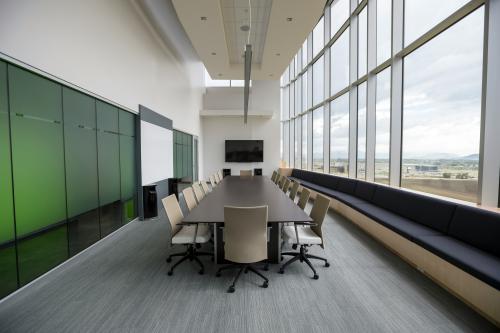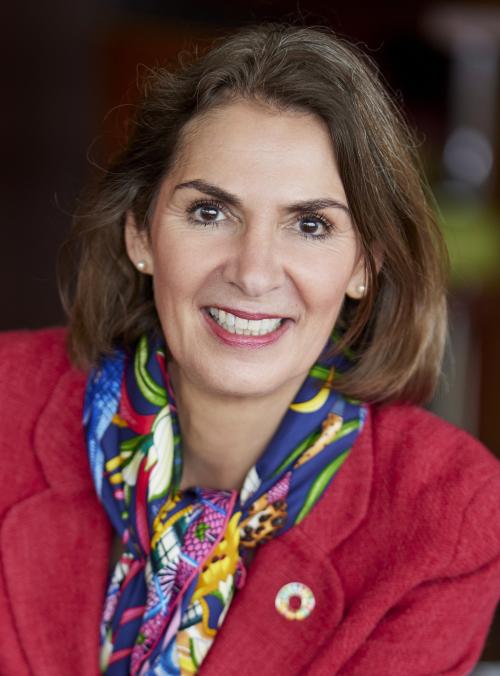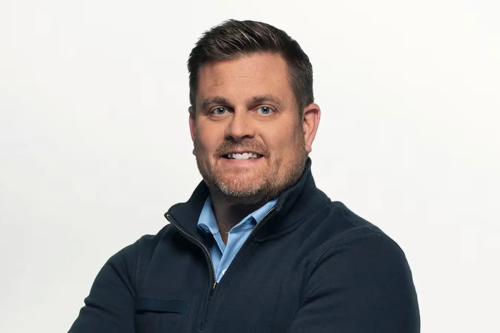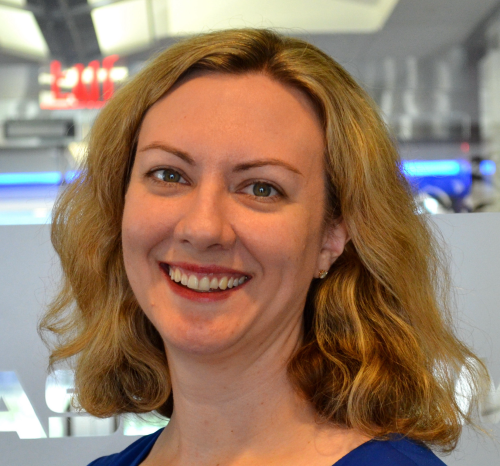Virtual reality (VR) can be a powerful, low-cost way of giving board directors and senior executives a tour of key corporate sites, as seen by Teck Resources’ recent use of the technology.
In April this year the Canadian industrial company developed a VR video to provide its board and senior management with an immersive simulated experience at one of its remote sites in British Columbia. The video demonstrated improvements to the company’s productivity and safety standards, as well as placing viewers in locations they couldn’t ordinarily visit.
‘Anecdotally, our leadership is really excited about the potential of the technology and how we can use it with different stakeholders, from investors to employees,’ Doug Brown, director of public relations at Teck Resources, tells sister publication IR Magazine.
VR has been labeled expensive and time-consuming by some critics, but Brown says the video took a day and a half of filming and then a few weeks of editing.
Teck Resources intends to develop more VR videos to explore how the technology could be used elsewhere, and while the company is interested in exploring how it could further be used to engage investors, board members and senior management, Brown is clear that it sits alongside in-person visits, rather than replaces them.
‘VR doesn’t replace site visits because you get to talk to people on the ground,’ he says. ‘VR is a new tool that can be especially useful when putting directors in places they wouldn’t normally be able to go – like behind the wheel of heavy equipment or giving them an aerial view of a site.’
Last year, the industrial company Hydro-Québec, launched a VR video to this effect (see below), giving viewers a guided tour of a hydroelectric dam and placing them in areas that would ordinarily be too dangerous or difficult to get to.
The examples of Teck Resources and Hydro-Québec are similar to how non-profits are using wearable VR technology. The Clinton Foundation was an early adopter, creating a VR experience in 2015 that took viewers on a trip to East Africa with former US president Bill Clinton and his daughter Chelsea. Since then, it has been adopted by a variety of non-profits, including Alzheimer’s Research UK, Amnesty International UK and Pencils of Promise, which raised $2 million at one fundraiser when it launched its VR video.
The number of VR headsets shipped for commercial use last year exceeded 1.8 million, according to data from International Data Corporation; according to its projections, this number will increase to 18 million by 2021.



